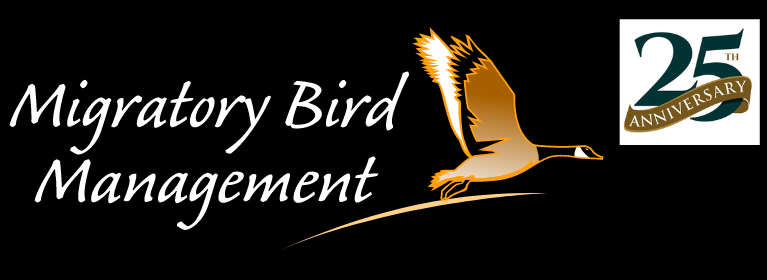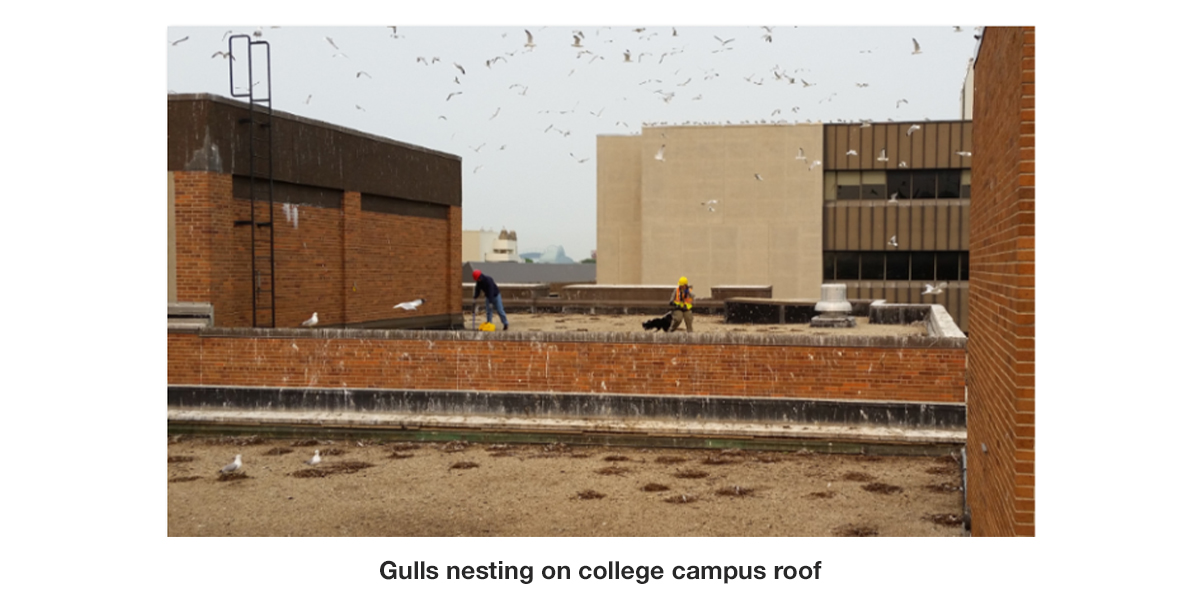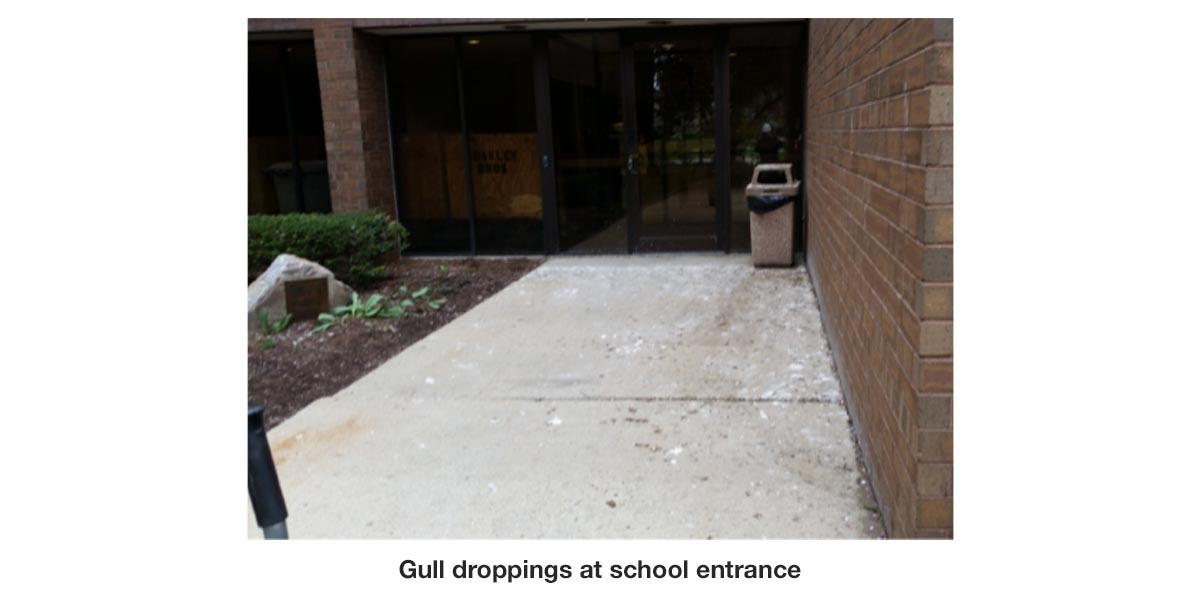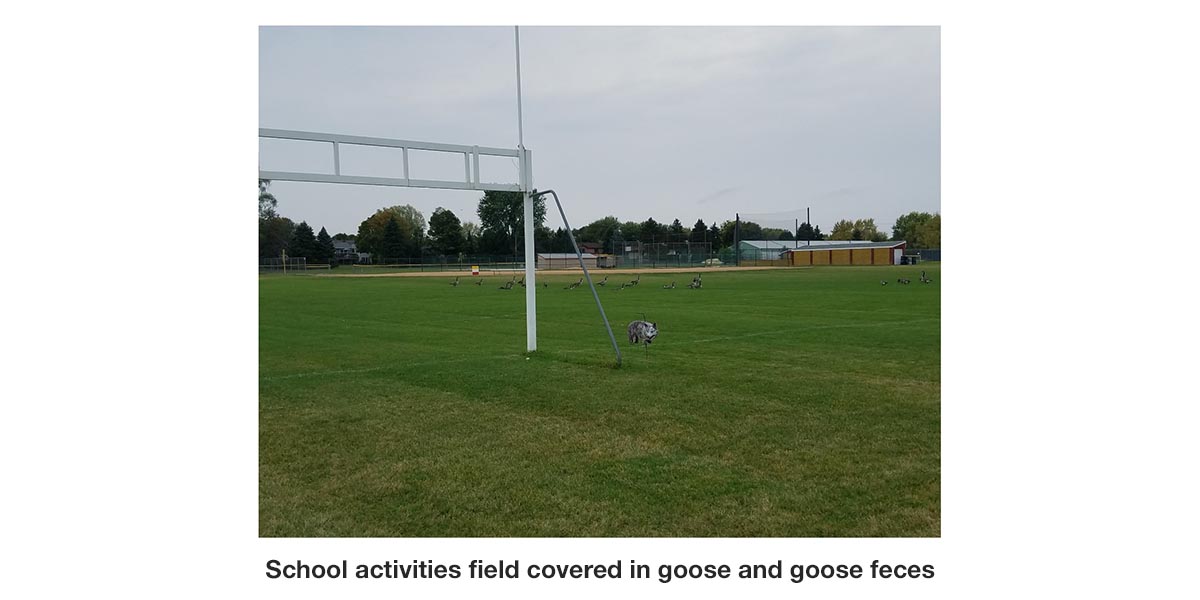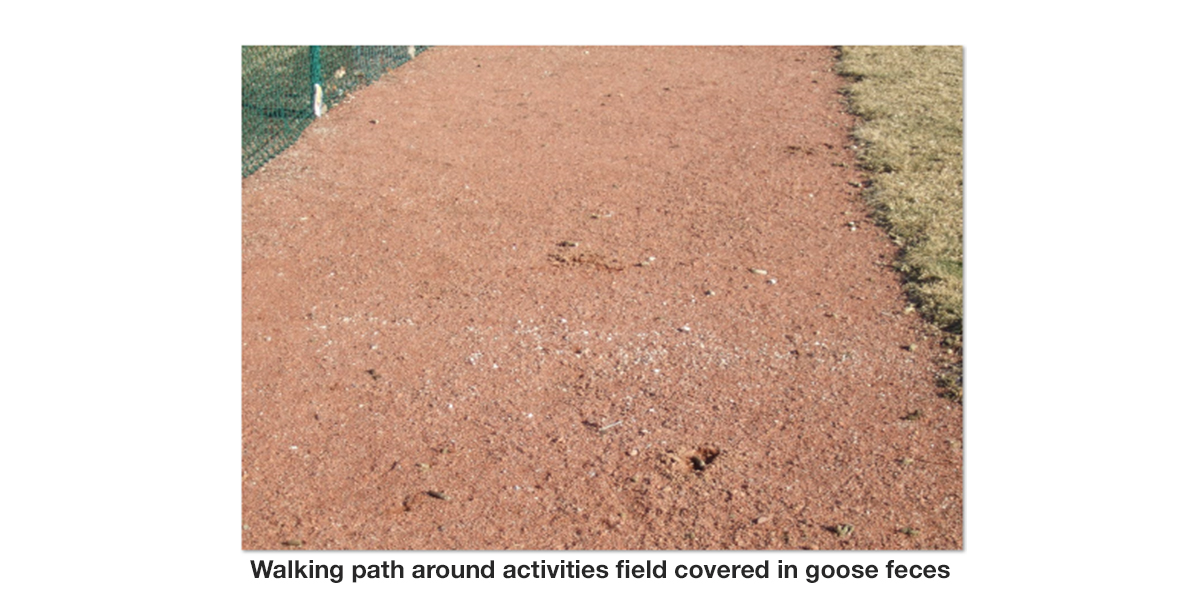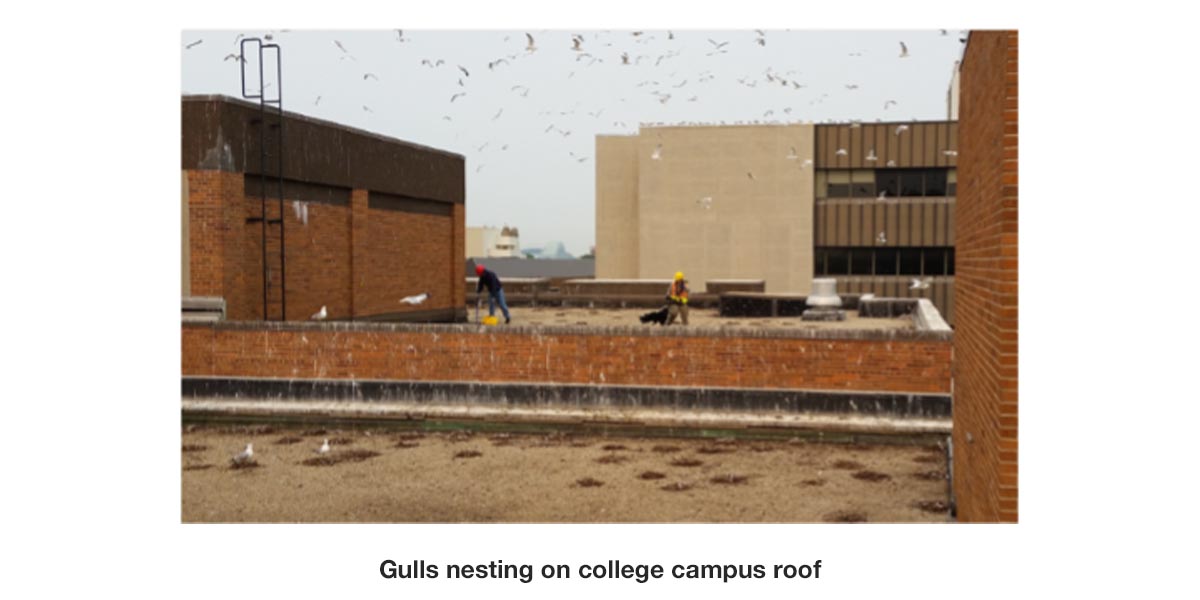Educational facilities do more than just teach, they provide many opportunities for pest birds. Pigeons, geese, gulls, sparrows, and swallows are some of the common pest birds that frequent educational facilities. Loading docks, window ledges, cafeteria waste, garages, maintenance buildings, playing fields and more offer food sources, nesting nooks, and perching spots for many species. This brings the droppings of all different disease hosts into contact with the building and the students inside.
In addition to creating an unsanitary learning environment for students and faculty alike, pest birds can become aggressive when nesting, endangering children and staff. Bird waste left undisturbed can damage almost any building material. Wood, stone, steel and iron can all be damaged by bird droppings, which have a pH level similar to vinegar. Also, frequent maintenance and clean-up of droppings and other bird debris can be costly, dipping into a budget better spent on other school activities.
Solutions depend on the bird involved and type of activity that is occurring which can include structural deterrents and exclusions, canine patrol, non-toxic chemical applications and nest removal.
